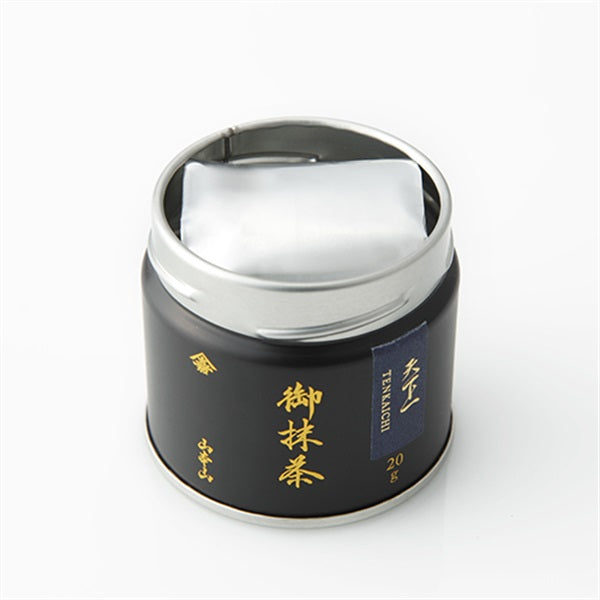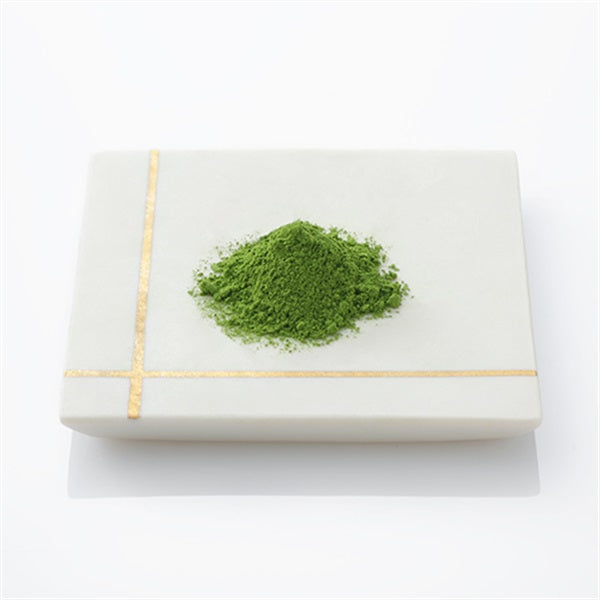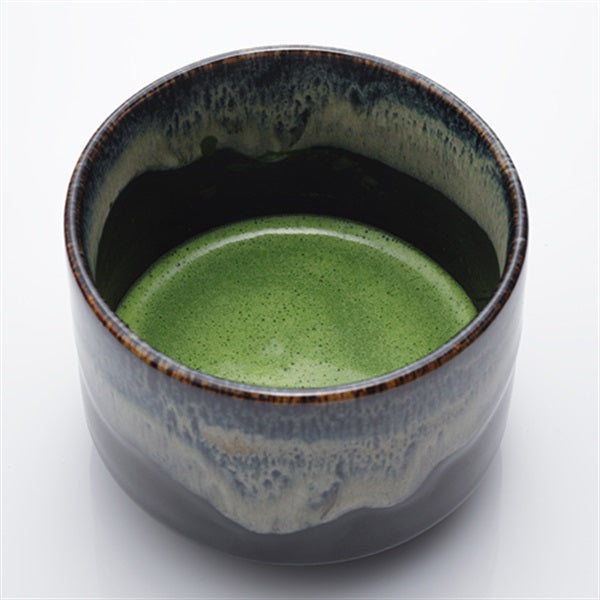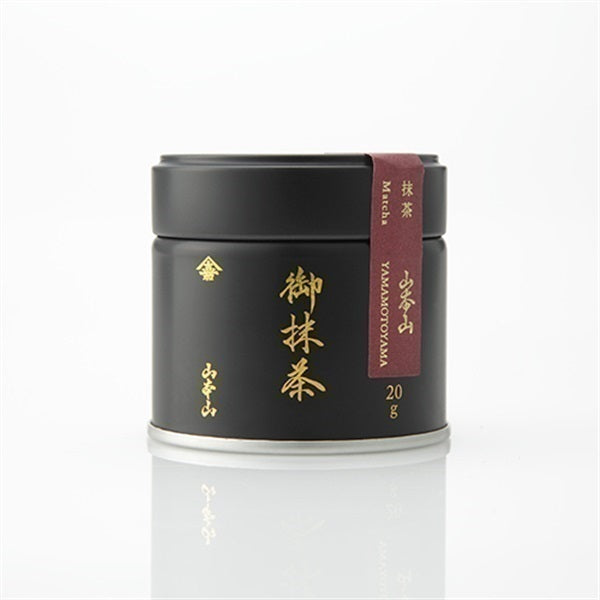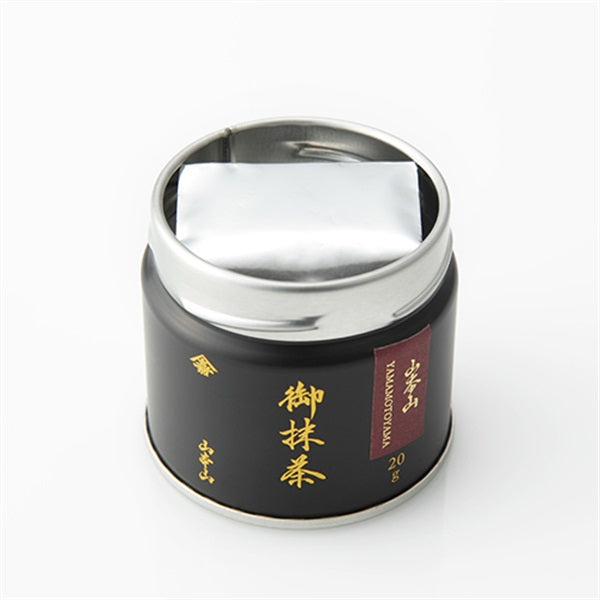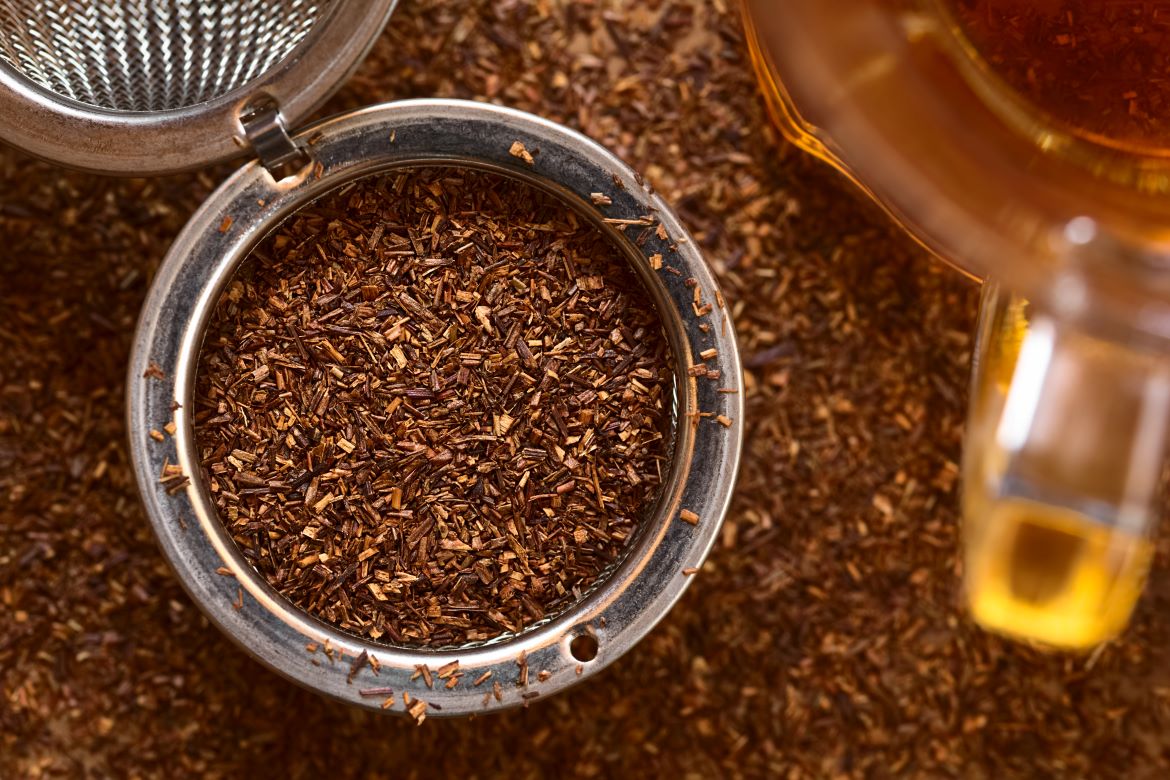
Types of tea utensils used in the tea ceremony and how to choose them | Explanation of the roles of tea strainers and tea trays
What is a tea strainer?
Choosing the right tea strainer is also important to enjoy delicious tea.
As the name suggests, a tea strainer is a tool used to strain tea leaves when brewing tea. By using a tea strainer, you can prevent excess tea leaves from getting mixed into the tea in your teacup.

Tea strainers come in a variety of shapes, including those with a handle and basket-shaped types that are set into the teapot.
When choosing a tea strainer, it is important to choose one that is slightly smaller than the diameter of the teapot's mouth.
If it's too big, the lid of the teapot may pop open, and if it's too small, the tea leaves may spill out.
Also, if you choose a tray to hold the tea bowl, carefully considering the balance with the tea bowl, it will look beautiful and make your tea time even more enjoyable.

Tea utensils used in the tea ceremony
There are tea utensils used in the tea ceremony that are unique to the tea ceremony.
In the tea ceremony, the host holds tea ceremonies with a seasonal theme, such as cherry blossoms in spring and autumn leaves in autumn, and tea bowls with matching patterns are used.
The shape of the matcha bowl also changes depending on the season, and each has its own meaning.
From spring to autumn, "winter tea bowls" are common, as they have wide mouths to allow the tea to cool quickly and have a cool appearance.
On the other hand, in winter, "winter tea bowls" and "tube tea bowls" are used as they are warmer and help maintain the temperature of the tea.

The chasen used to whisk tea is made from several split bamboo stalks, and the amount of froth produced varies depending on the number of stalks.
For example, if it says "120 pieces," that means the original bamboo was divided into 120 pieces to make the tips. The larger the number, the finer and cleaner the bubbles will be.
Generally, it is said that 60 to 80 whisks are suitable for an earthenware tea bowl, because whisks that are too fine may break.

Matcha tea bowl
It is a vessel for making and drinking matcha. It is made of pottery or porcelain and comes in a variety of shapes and patterns.
In the tea ceremony, matcha bowls are not simply vessels for drinks but objects of appreciation, and are chosen to match the season or theme.

Tea whisk
This is a tool used when making matcha. It is made from thin, split bamboo spikes, and is used to mix matcha and hot water in a tea bowl and create a froth.
It is one of the essential tools in the tea ceremony, and there are many different types, differing in shape, hardness, and number of bristles.
Using a chasen tea whisk brings out the aroma of the matcha and allows you to enjoy tea with a smooth mouthfeel.
Pocket paper
It is called "Kaishi" or "Fukokogami". Originally, it referred to the washi paper that aristocrats carried around during the Heian period to write poetry and letters.
In modern times, it refers to the trays used to hold tea and sweets during the tea ceremony, and the paper used to dry chopsticks and toothpicks. There are many different types, including those with watermarks and designs.

toothpick
This is called a kashikiri (a confectionery cutter) and is used when eating the main sweets. There are also kuro-moji, ivory, and metal cutters. It is an essential item when entering a tea ceremony.

Three famous tea utensils loved by many tea masters
The tea ceremony has been a beloved part of Japanese culture since ancient times.
Throughout history, tea utensils have transcended mere tools into works of art that have fascinated people. Each tea utensil has its own unique manufacturing and firing method depending on the region.
Not only that, they also contain the skill of the maker and the heart of the tea master who loved them. This time, we will focus on three particularly famous tea utensils and explore their appeal.

1. Tokoname ware
Tokoname ware is pottery made in the area centered around Tokoname City in Aichi Prefecture, and is counted as one of the Six Ancient Kilns of Japan.
Its greatest feature is that it uses clay rich in iron, which is extracted from the Chita Peninsula. This iron gives Tokoname ware a distinctive reddish color when fired, which is why most Tokoname ware is seen as reddish brown.
The firing temperature is high, and the kneading technique, in which two or more types of clay are kneaded together and shaped, allows you to enjoy the ingenuity of the firing process. The more you use it, the more glossy it becomes, and the more beautiful the surface becomes.
2. Banko ware
Banko ware, on the other hand, is a traditional craft produced mainly in Yokkaichi City, Mie Prefecture. It is classified as semi-porcelain (stoneware), with properties between pottery and porcelain, and is popular both in Japan and overseas for its heat resistance and resistance to breakage.
The high heat resistance of Banko ware is due to the mineral petalite contained in the clay. This mineral makes up 40-50% of the clay, so it can withstand direct fire or being left to dry heat.
The clay used is called purple clay, and it turns purple when fired in reduction. It has an impressive purple luster, is pleasant to the touch, and is said to become more lustrous and tasteful the more it is used.
3. Oribe ware
Oribe ware is a type of Mino ware that originated near Toki City, Gifu Prefecture during the Momoyama period and was mainly produced in the Mino region.
Unlike Arita ware or Karatsu ware, it is not named after a place, but is a general term for the unique and innovative pottery that was created to reflect the tastes of the tea master Furuta Oribe, a disciple of Sen no Rikyu.
Many of the designs incorporate the rustic texture of the earth, distorted patterns, and natural motifs, and these innovative and unique designs are still highly popular today.




